In May, Helen Lear-Grant, her wife Kirsty, and their two dogs set off on a trip to the Western Isles to celebrate Kirsty’s 50th.
But Helen didn’t just bring her camera to take holiday snaps.
The Hebrides became the first setting in her YouTube series Wheely Braw, which follows her on her travels through Scotland as a wheelchair user.
Helen is an ambulatory user – someone who uses a wheelchair but can walk a certain amount.
The blogger, who is a member of Spinal Injuries Scotland, was inspired to start her blog after experiencing first-hand how frustrating it can be to have to do “heaps of research” before going on holiday.
‘A heap of extra work’
“The biggest barrier to me, as a disabled person, visiting the islands is the lack of information.”
As well as all the usual planning of hotels and flights, Helen and Kirsty have to go a step further.
“You have to constantly email and make phone calls to check, is this tourist attraction accessible? Is this restaurant accessible?”
“It’s just a heap of extra work.”
“I thought, well, if I’m doing it then I can share.”
And, she says, while there are resources like Euan’s Guide out there, they’re almost entirely text-based.
“I think having a video, a visual, can help a lot of people – and hopefully be entertaining in the process.”
It’s no surprise, then, that one of the biggest changes Helen would like to see is better accessibility information.
She would love to see tourist information centres have a dedicated accessibility officer for each area.
Helen says that private business owners in the tourism industry can also make small changes in providing information that would make a big difference.
It’s important, she says, for people to give the full details, rather than simply saying if a place is or isn’t accessible.
‘It allows people to make decisions’
“For example, I can walk a bit, so what’s accessible to me is completely different to what’s accessible for a full-time wheelchair user, or someone with a visual impairment.”
Helen says that people can see it as a “blanket”: “Either you’re able-bodied or you’re disabled.”
“Saying something like ‘my holiday let has three steps up to the entrance’,” is important, says Helen. “Someone might be able to do three steps, but they can’t do twelve.”
Sharing information like this “allows people to make decisions about what is and isn’t accessible to them.”
As well as providing information for other people with disabilities, Helen’s Wheely Braw vlogs point out small things that able-bodied people might never notice, but that are a headache for anyone using a wheelchair.
For example, paths are useful – but not when they’re made with gravel.
“It’s really difficult to get about on gravel, whether you’re walking with a mobility issue or wheeling,” says Helen.
So, she says, something as simple as using paving instead would make a big difference.
While Helen believes there’s still a way to go before Scotland is truly accessible for all, she and Kirsty had “such an amazing time” in the Hebrides.
“We definitely want to come back.”
‘You can still see so much’
With her vlogs, Helen wants to show that, even for people who can’t get down onto the beaches, “doing a driving tour, you can still see so much and have a really good adventure.”
And access is set to keep improving: the Chief Executive of Outer Hebrides Tourism, Sarah Maclean, says that the ongoing Outer Hebrides Visitor Infrastructure Plan is looking to improve “infrastructure and accessibility in all its forms”.
Helen, who lives in Perthshire, plans to keep exploring the Highlands and sharing her discoveries.
“Me and Kirsty will try anything,” she says.
So, where’s the next stop for Wheely Braw?
“I live near Glencoe, but I’ve never been up in the chairlift,” she says.
“That’s going to be terrifying, because I’m scared of heights!”
“But,” she laughs, “I’m going to do it anyway.”
More Western Isles news
Uist Unearthed: Digital archaeology project heads to the mainland
Ferry group calls for action after loss of vital service costs £648,000 in two weeks
Islands deal helps North Uist arts centre build foundations for growth
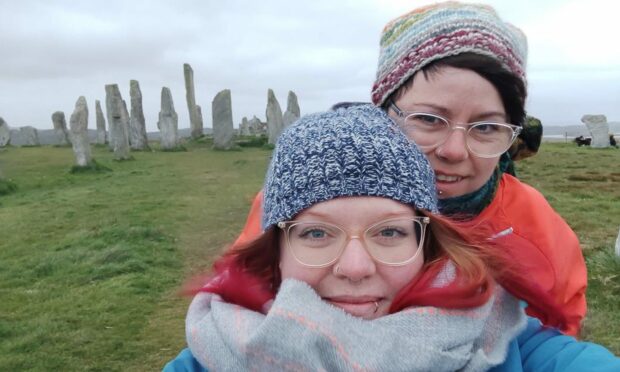
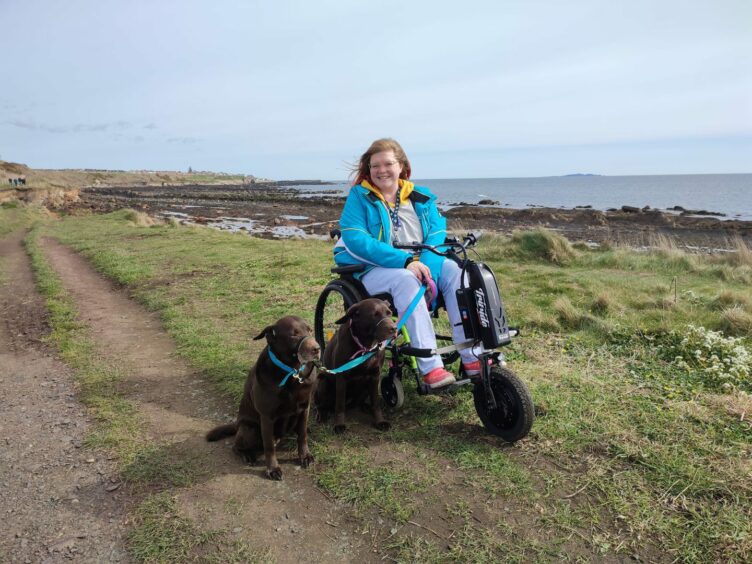
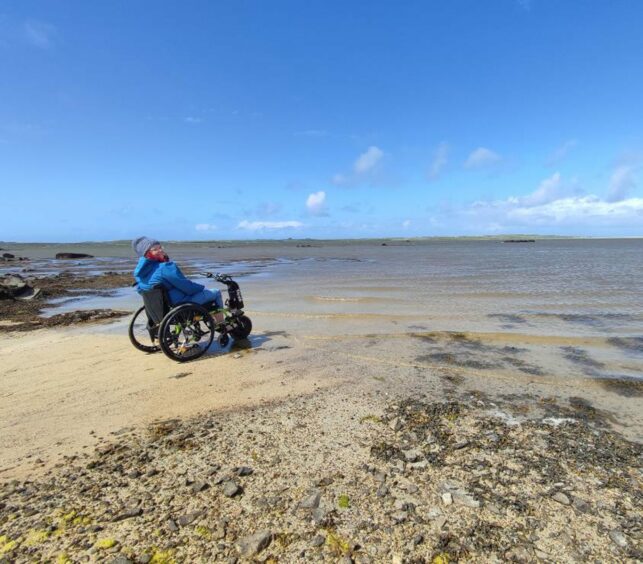
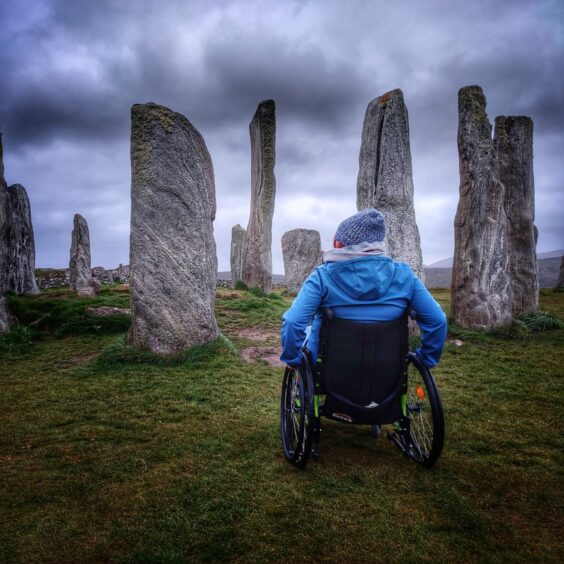
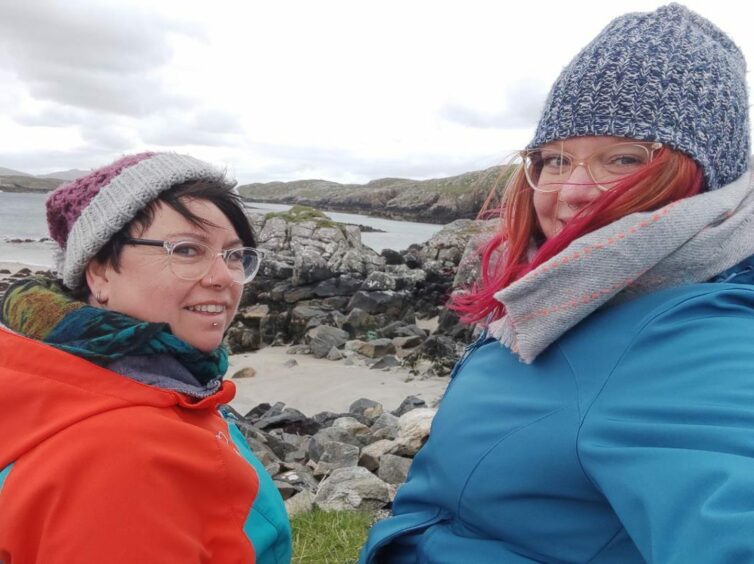
Conversation